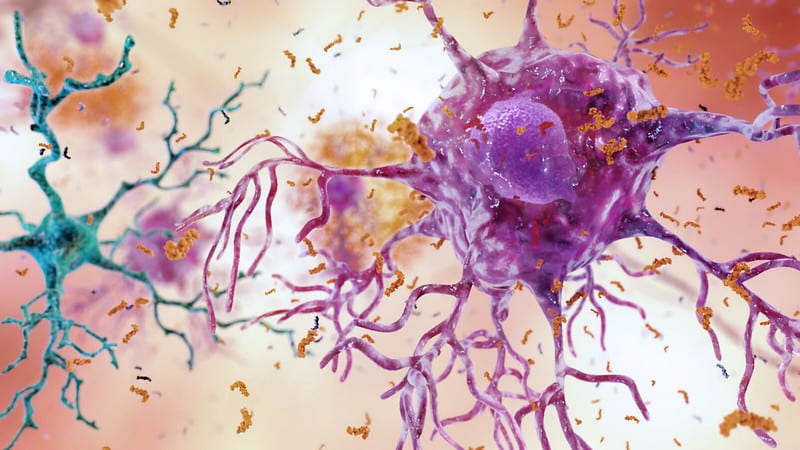
Last month, Science published a story describing how images used in some highly cited Alzheimer’s research papers were discovered to be manipulated.1 These publications supported the amyloid beta (Aβ) hypothesis of Alzheimers which links the disease to protein deposits forming plaques in brain tissue. The research spurred drug development targeting Aβ oligomers. Many of the manipulated images were the work of a neuroscientist named Sylvain Lesné who discovered the Aβ*56 oligomer and claimed that it caused dementia in transgenic mice in a landmark Nature study published in 2006.2
The Nature paper has been cited in about 2300 scholarly articles—more than all but four other Alzheimer’s basic research reports published since 2006, according to the Web of Science database. Since then, annual NIH support for studies labeled “amyloid, oligomer, and Alzheimer’s” has risen from near zero to $287 million in 2021.
Piller, C. Blots on a field? Science 377:6604, 360 (2022).
The image manipulation was first discovered by a fellow Alzheimer’s researcher named Matthew Schrag who was hired by an attorney investigating possible fraud in the development of Simufilam, an experimental Alzheimer’s therapy. Schrag found altered or duplicated Western blot images in dozens of research articles on the drug and its underlying science, including the Nature study. He stopped short of calling the manipulations deliberate misconduct, saying he would need the original unpublished images to prove that. Shrag reported his findings to the NIH which had funded much of this research, and the journals that published the works.
Schrag also reached out to Science Magazine, fearing that the NIH and the journals would not conduct their investigations fast enough to prevent more potentially wasted grant funding and research. Science conducted a 6 month investigation led by independent image analysts and several Alzheimer's researchers who concurred with Schrag’s findings. They describe “shockingly blatant” instances of image tampering, including piecing together images from different experiments.
More than 20 suspect Lesné papers have been identified. Lesné submitted corrected images for a few, but even those corrections have shown signs of manipulation. 13 papers including the Nature study are now under investigation by the journals they were published in. Schrag and others have been critical of Karen Ashe, the head researcher where Lesné did his initial work on Aβ*56, saying she did not do enough to ensure the integrity of the research coming out of her lab.
Journal publishers do not typically use sophisticated image analysis to determine if images have been tampered with. The Materials Design Analysis Framework was developed by several publishers in 2021 to improve data transparency and help prevent image manipulation. The Committee on Publication Ethics (COPE) provides standards for publishers to follow on data and reproducibility and how to handle allegations of misconduct, but it does not sanction members who don’t follow guidance, as outlined in this Scholarly Kitchen editorial. The new NIH Data Management and Sharing policy which goes into effect in January 2023 should improve access to data and original images in NIH grant funded research, encouraging further scrutiny and reproducibility.
Retraction Watch can help you identify papers that have been flagged as retracted or under investigation. Our article on Searching for Retractions outlines sources and methods for finding retracted or corrected works so flawed findings are not included in future research or systematic reviews. Schrag used PubPeer in his investigations, a discussion space where researchers can report suspected issues with publications.
You can listen to an interview with Charles Pillar, the author of the Science article, detailing the magazine’s and Schrag’s investigations on the Science Magazine July 21 podcast.
- Piller, C. Blots on a field? Science 377:6604, 358-363 (2022). https://doi.org/10.1126/science.add9993
- Lesné, S., Koh, M., Kotilinek, L. et al. A specific amyloid-β protein assembly in the brain impairs memory. Nature 440, 352–357 (2006). https://doi.org/10.1038/nature04533


